Victoria’s Andrews Labor government has doled out more than $7 million in funding grants for trials and studies aimed toward fast-tracking the use of green hydrogen for heavy transport.
In support of the Victorian government’s Victorian Renewable Hydrogen Industry Development Plan, Minister for Energy, Environment and Climate Change Lily D’Ambrosio announced $6.6 million in funds through the Renewable Hydrogen Commercialisation Pathways Fund in support of six projects seeking to utilise green hydrogen for “real-world applications”, including:
- Volgren Australia, Australia’s largest bus body builder, plans to develop two commercial-grade hydrogen fuel cell electric buses for trials in Dandenong.
- Viva Energy’s plan for a hydrogen refuelling station to co-locate with EV charging in a New Energies service station.
- Air Liquide and Energys Australia development of renewable hydrogen production facilities for transport.
- Boundary Power’s development of an Australian-first solar powered renewable hydrogen standalone power system which use hydrogen generated by solar for use during power outages in remote areas.
- Telstra’s planned deployment of a renewable hydrogen fuel cell generator at regional mobile communication sites to alleviate fossil fuel reliance.
On top of these grants, D’Ambrosio also announced $800,000 via the Renewable Hydrogen Business Ready Fund to be shared among eight recipients seeking to develop their business cases or proceed with feasibility studies.
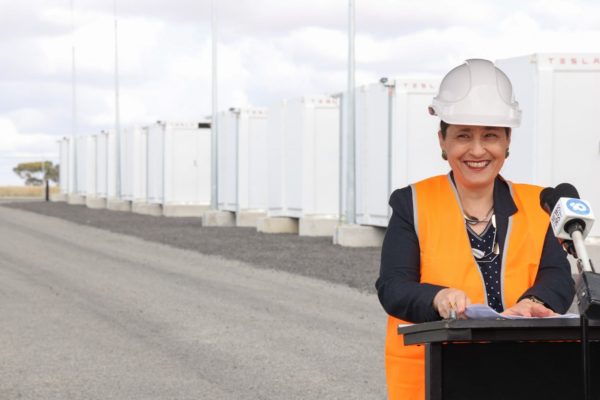
Image: Lily D'Ambrosio / Facebook
“Renewable hydrogen is a key part of our clean energy transition,” said D’Ambrosio, “ensuring we can meet our target of halving emissions by 2030 and hit net zero by 2050.”
“These exciting projects will help businesses push the frontiers of renewable hydrogen and embrace this clean energy solution,” continued D’Ambrosio, before adding that the renewable hydrogen sector will both create jobs and drive down emissions.
The Victorian Renewable Hydrogen Industry Development Plan identified hydrogen as having the “potential to provide zero-emissions transport across road, rail, air and sea.” And highlighted hydrogen fuel cel electric vehicles (FCEVs) as “an emerging technology potentially well-suited to Victoria’s transport sector. With transport accounting for twenty percent of Victoria’s total emissions, the development and application of FCEVs could be crucial in minimising emissions in this difficult to abate sector of the economy.”
This content is protected by copyright and may not be reused. If you want to cooperate with us and would like to reuse some of our content, please contact: editors@pv-magazine.com.
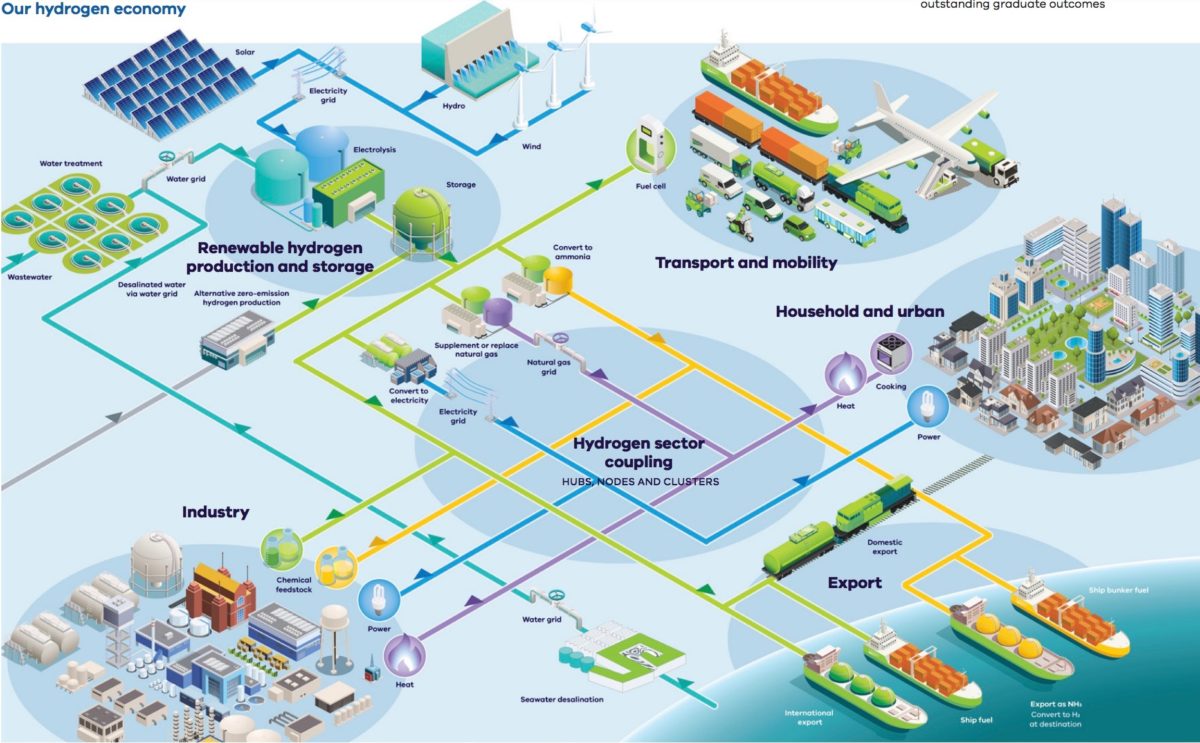
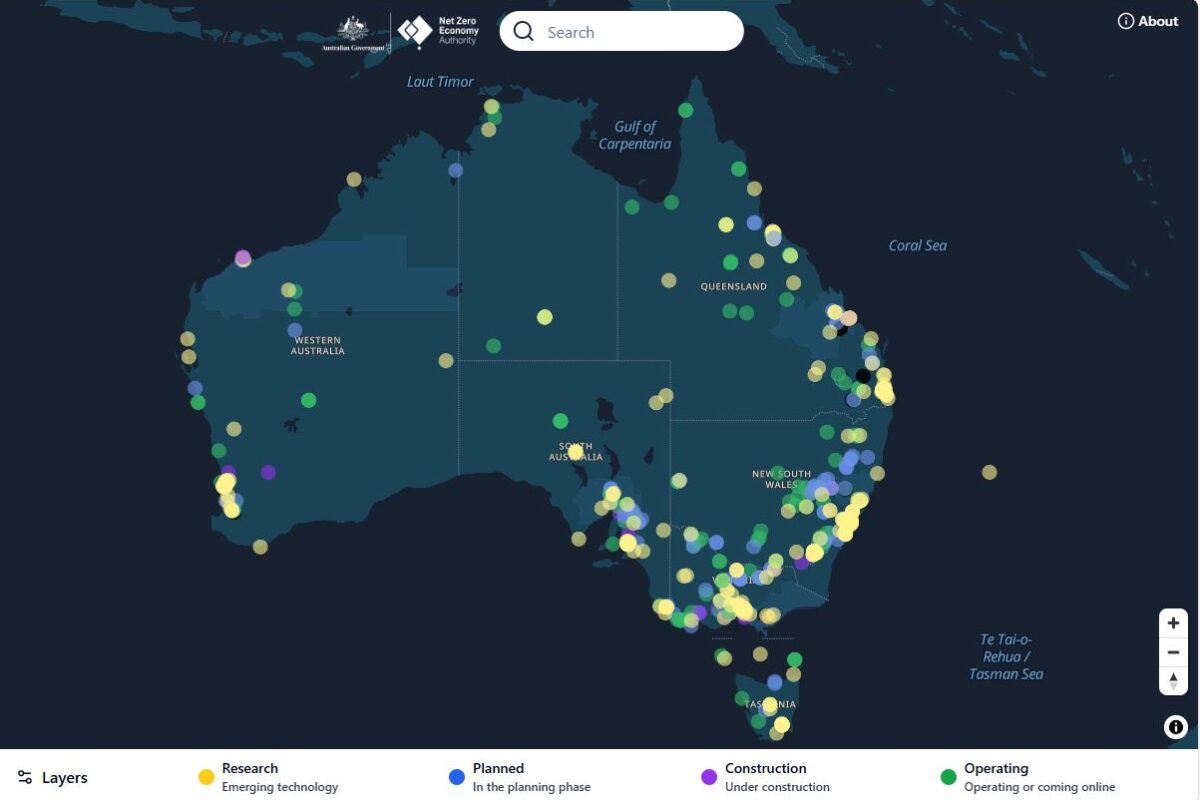



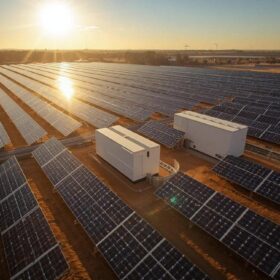
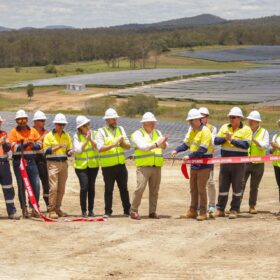

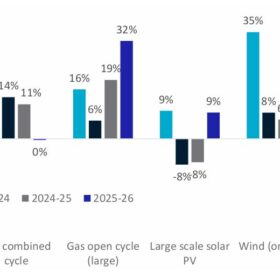
While the big Western Australian mining companies are trialing huge battery powered trains to haul 40,000 ton why consider hydrogen. the process electricity to hydrogen to electricity is about 50% efficient batteries deliver around 90% efficiency.